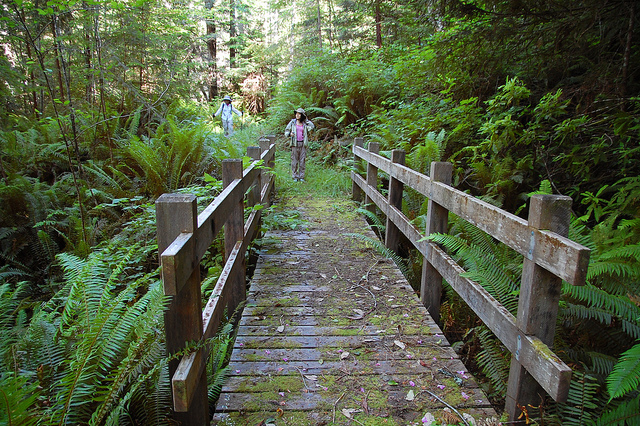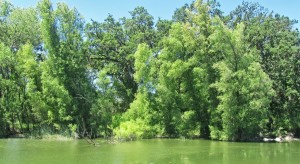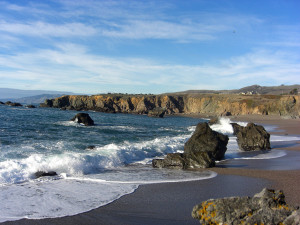In the wake of a high-profile report urging California State Parks to give up its antiquated management structure and shift some control over to local agencies, park officials and nonprofits called the recommendations realistic and tried to calm the public’s fears over potential changes to the park system.
“We certainly don’t want any of the iconic parks with our redwoods, deserts and state beaches to pass out of state hands,” said Roy Stearns, deputy director of communications for California State Parks. “We’re just looking more strongly for creative ways to add revenue to sustain the system.”
The Little Hoover Commission, a bipartisan state agency appointed by the Legislature to evaluate the effectiveness of state programs, released a report in late March filled with recommendations to support the survival of state parks in the midst of the budget crisis.
The most controversial? A plea to transfer management of the more “locally serving” state parks over to local agencies such as nonprofits, cities and counties. This practice can already be seen at several state parks that were in danger of being closed before local organizations stepped in to maintain the sites, said Stuart Drown, executive director of the 13-member Little Hoover Commission.
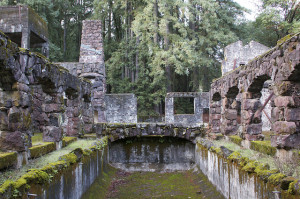
The Valley of the Moon Natural History Association, for example, took charge of Jack London State Historic Park after the state announced in 2011 that it no longer had the money to keep the park open.
But the question still remains of how best to decide which parks should be run by local groups and which ones should stay under management of the state.
While Elizabeth Goldstein, president of the California State Parks Foundation, called the Little Hoover Commission report “sensible,” she remained concerned whether the decision to turn over a park to a local agency can be made objectively.
“In a time of economic scarcity, there is the fear that the decision would be made on money and political expediency alone as opposed to objective criteria tested with the public,” she said. “I don’t think what they have suggested is inappropriate but it’s a question of if it will be implemented well.”
Stearns said the state is already in the process of putting together an independent blue ribbon committee to make these decisions and others regarding the funding and government structure of state parks. The group, which will be represented by a cross section of experts in business, environmental resources and other fields, is expected to form in the next month and have a draft plan by March 2014.
There is some public fear that the state will just start giving away its parks, said Carolyn Schoff, president of the California League of Park Associations. But she called that a misperception of report’s recommendations.
“People are saying they don’t want to lose their parks — but the point isn’t to get rid of parks,” she said. “The report is saying to reevaluate the parks and see if they are better run at the local level. To look at a different constellation of partners is a good solution.”
Stearns said he couldn’t find anything in the Little Hoover report to disagree with and added that the state is already working with nonprofits, local governments and volunteer groups to keep the parks running.
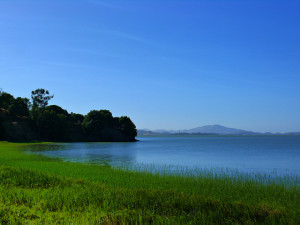
Taking any parks completely out of state hands to turn them over to these groups would require the Legislature to step in, he said. Many questions would have to be answered: Can a local city or group afford to take over these parks? Do they even want to? Who can take over the park if they don’t?
Drown, of the Little Hoover Commission, said state parks that do not have nonprofit or city government support could partner with nearby a national park. The report cited the 133,000-acre Redwood National and State Parks in Crescent City as an example of successful joint management between the state and U.S. National Park Service since 1994.
“The report is a good starting point but it doesn’t have easy or immediate answers,” Schoff said. “Leaving state parks to the status quo is not an option, even if we have to look outside of the norm of what we are used to seeing.”
Dhyana Levey is a contributor to Bay Nature.

